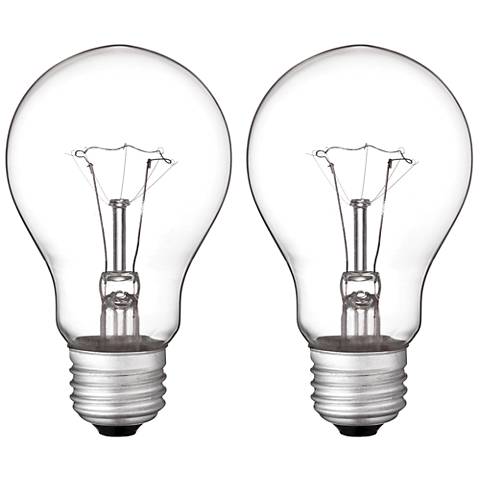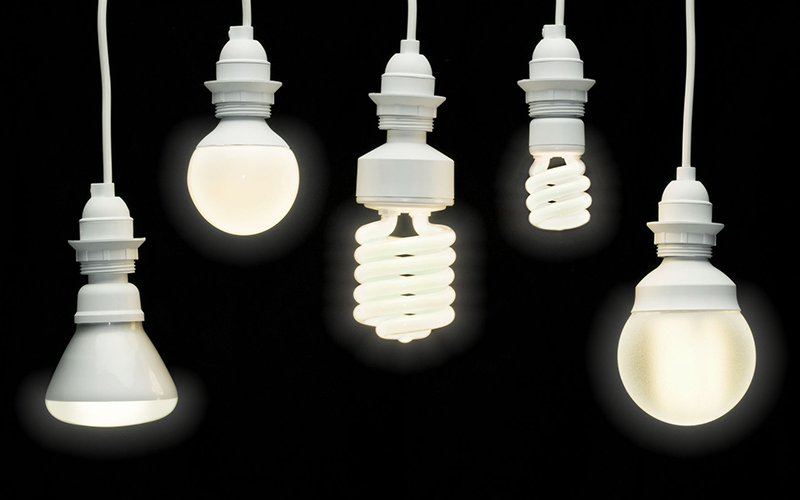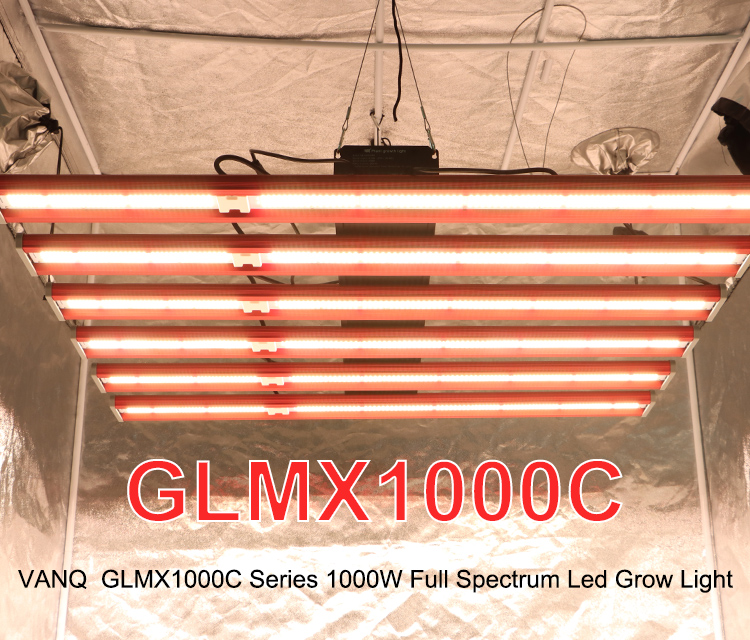In greenhouses, apartments and dark seasons, plants usually do not get enough light. Artificial lighting can help, but it can be the right light source.
Plants need a very special spectrum
The spectrum ranges from 280 nm ultraviolet to 780 nm infrared, and plants use only a small portion of this light. The green light is reflected, so we see the green of the plant. Blue and red light are absorbed and used for photosynthesis. If green is illuminated only by blue (approximately 440 to 470 nm), it appears as black. Under such light, plants grow densely and quickly. Wavelength, red light with a wavelength of 645 nm to 660 nm will stimulate plants to bloom.
Plant lighting based on incandescent lamp

In addition, the light is filtered through colored glass. As a result, the time changes slightly, but the heat load increases. In general, this light is not effectively used as plants, because the wavelength of incandescent lamps is usually between 500 nm and 550 nm. Under this kind of lighting, flowers look very beautiful because they reflect almost all the light. Intense warming depletes plants, and in extreme cases may even burn them. In addition, the efficiency of the lamp is very high. Due to the overload of the filaments, they usually only last for a few months and usually cannot withstand temperature changes in the greenhouse. Usage times of less than 1,000 hours are not uncommon. Therefore, the use of incandescent lamps should be avoided.
Fluorescent and energy-saving lamps

These bulbs have different colors. The cool white color is most suitable for plant growth, because it covers almost the entire spectrum of natural sunlight. These lamps are not expensive and are available almost everywhere.
When using lights, pay attention to the light intensity. In order to provide enough light to the plants, the illuminator should be placed above. A small rule of thumb helps to optimize the distance to the plant: For every 6 W of the lamp power, the distance to the plant should be estimated to be 15 cm, so that the entire plant is illuminated, and the light must be directed toward the plant through a reflector. The fluorescent tubes under the ceiling are far from enough.
Metal or sodium vapor lamps are not suitable
In the past, these lights were usually provided as plant lights. The reason is lower. Bulbs are expensive to buy and are only useful for plants. High-pressure sodium vapor lamps can almost only emit yellow light with a wavelength of 590 nm, and plants cannot be used.
LED lights as plant lights

In addition, these lamps radiate particularly in one direction, so there is almost no scattering loss. Very low substitution and substitution substitution also represent this technology. There are various LED plant lights on the market. Most of them can be screwed into traditional E27 sockets. There are also lights that only emit light in blue or red, and red and blue LEDs provide a combination of flowering and growth light for plants.
These make only the plants black and not green. For cultivation in a greenhouse or overwintering in a cellar, this does not matter. Instead, in the living room, black plants look like using LED lighting. Plants in your home are very suitable for supplementing scarce sunlight or cold white light sources. Some suppliers also have LED spotlights that cover the entire sunlight spectrum.
7 W LED spotlights are usually at least the only lighting area of about 0.5 square meters. The combination of red and blue should be chosen so that the plants can effectively benefit from the light. Especially in order to promote plant growth, if flowers and fruits are to be stimulated, because LEDs can almost only convert energy into light, and cannot convert it into light like incandescent lamps, alternative heat sources must be used to germinate seeds. .
The correct wavelength LED provides the best light source
Since plants can only use blue and red light effectively, an LED plant light with an appropriate wavelength should be selected so that it can be placed near plants. This ensures that there is enough energy for photosynthesis.























